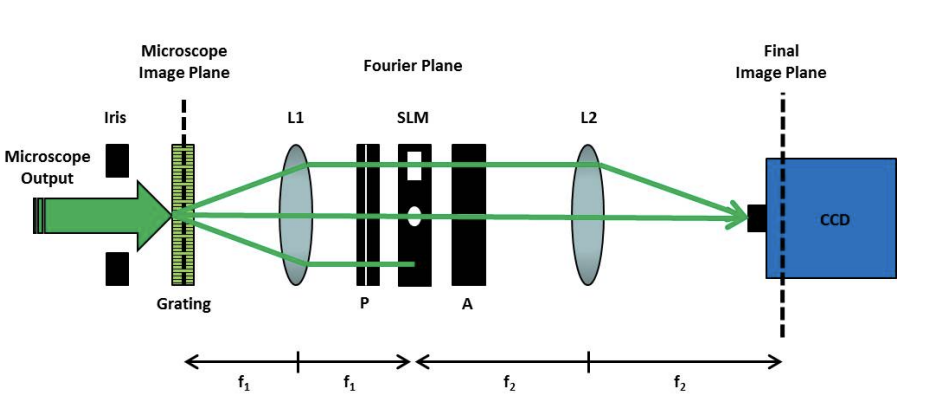EFFECTS OF SPATIAL COHERENCE IN DIFFRACTION PHASE MICROSCOPY
Chris Edwards,1 Basanta Bhaduri,2 Tan Nguyen,2 Benjamin G. Griffin,1 Hoa Pham,2 Taewoo Kim,2 Gabriel Popescu,2 and Lynford L. Goddard1,*
OPTICS EXPRESS 5134, Vol. 22, No. 5 2014
![]()

Quantitative phase imaging systems using white light illumination can exhibit lower noise figures than laser-based systems. However, they can also suffer from object-dependent artifacts, such as halos, which prevent accurate reconstruction of the surface topography. In this work, we show that white light diffraction phase microscopy using a standard halogen lamp can produce accurate height maps of even the most challenging structures provided that there is proper spatial filtering at: 1) the condenser to ensure adequate spatial coherence and 2) the output Fourier plane to produce a uniform reference beam. We explain that these object-dependent artifacts are a high-pass filtering phenomenon, establish design guidelines to reduce the artifacts, and then apply these guidelines to eliminate the halo effect. Since a spatially incoherent source requires significant spatial filtering, the irradiance is lower and proportionally longer exposure times are needed. To circumvent this tradeoff, we demonstrate that a supercontinuum laser, due to its high radiance, can provide accurate measurements with reduced exposure times, allowing for fast dynamic measurements.
